NASA Overview
A complete overview of NASA, including launch stats, launch vehicles and launch locations.
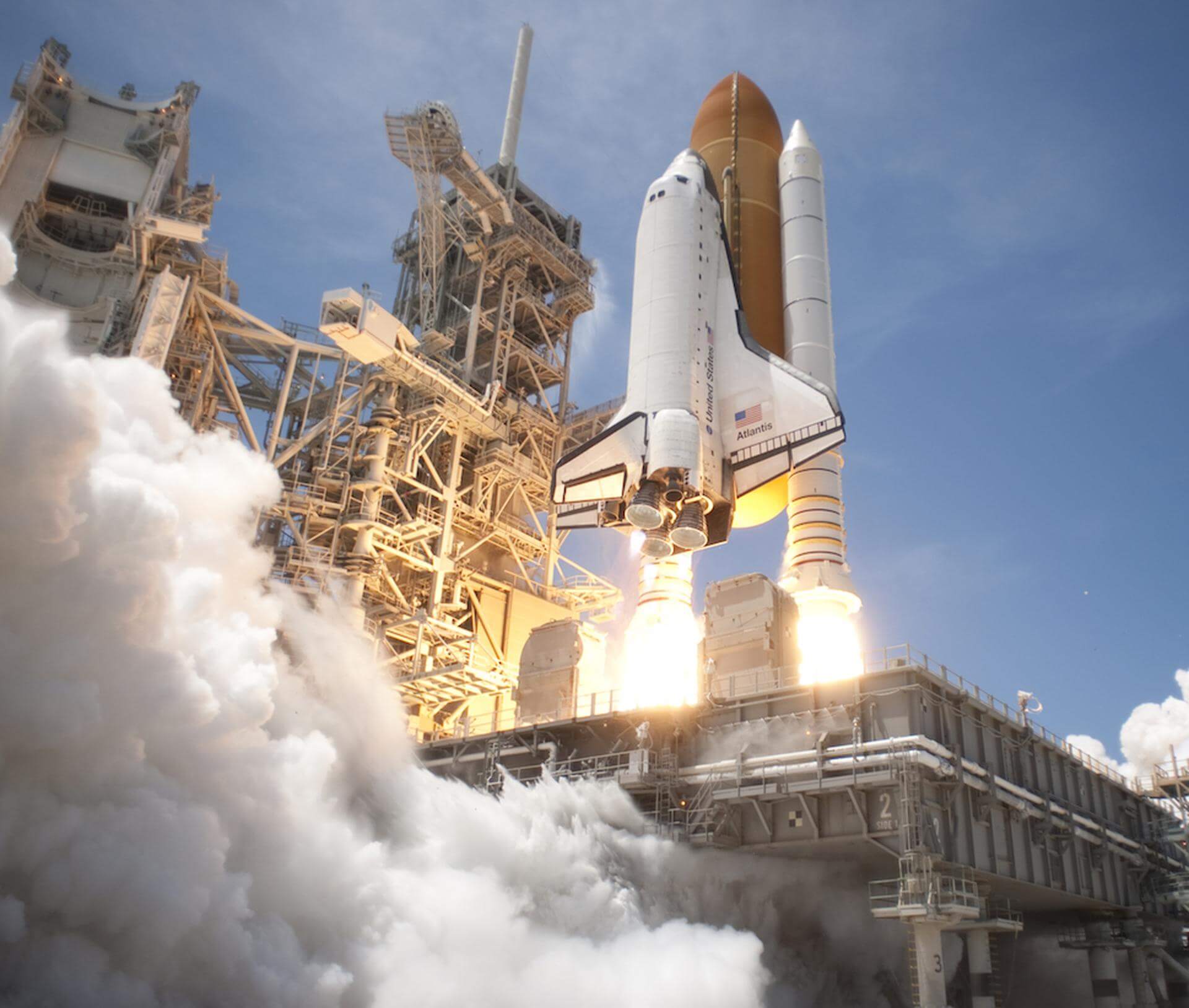
Basic Info
Name

NASA
Website
Type
Government
Country
United States
Founded
1958
Administrator / CEO
Administrator: Bill Nelson
Careers
Launch Stats
First Launch
6 Dec 1958
Last Launch
16 Nov 2022
Successful Launches
121
Failed Launches
20
Upcoming Launches
5
Successful Landings
0
Failed Landings
0
NASA, the National Aeronautics and Space Administration, is an independent agency of the U.S. federal government responsible for the nation's civilian space program and for aeronautics and aerospace research. Established in 1958, NASA was formed to give U.S. space efforts a distinctly civilian orientation, emphasizing peaceful applications in space science. It has led major American space exploration efforts, including the Apollo Moon landing missions, the Skylab space station, and the Space Shuttle program. NASA currently supports the International Space Station, oversees the development of the Orion spacecraft, the Space Launch System, and manages numerous scientific research projects and uncrewed space missions. NASA's focus encompasses understanding Earth, exploring the Solar System, and researching astrophysics topics such as the Big Bang.
Common NASA Questions
NASA Launch Vehicles
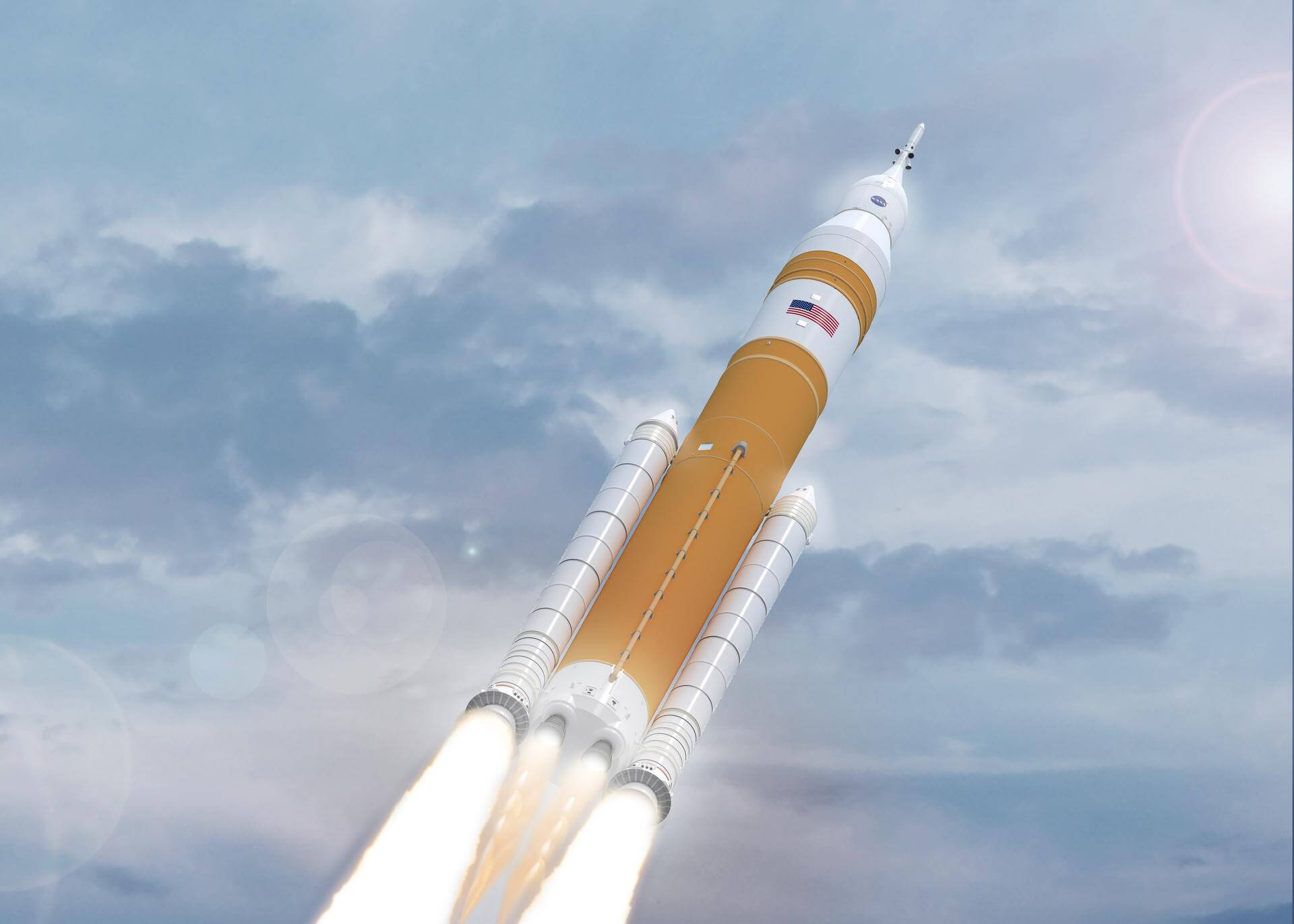
SLS
NASA's super heavy-lift rocket, primarily for Artemis missions, with reusable components.
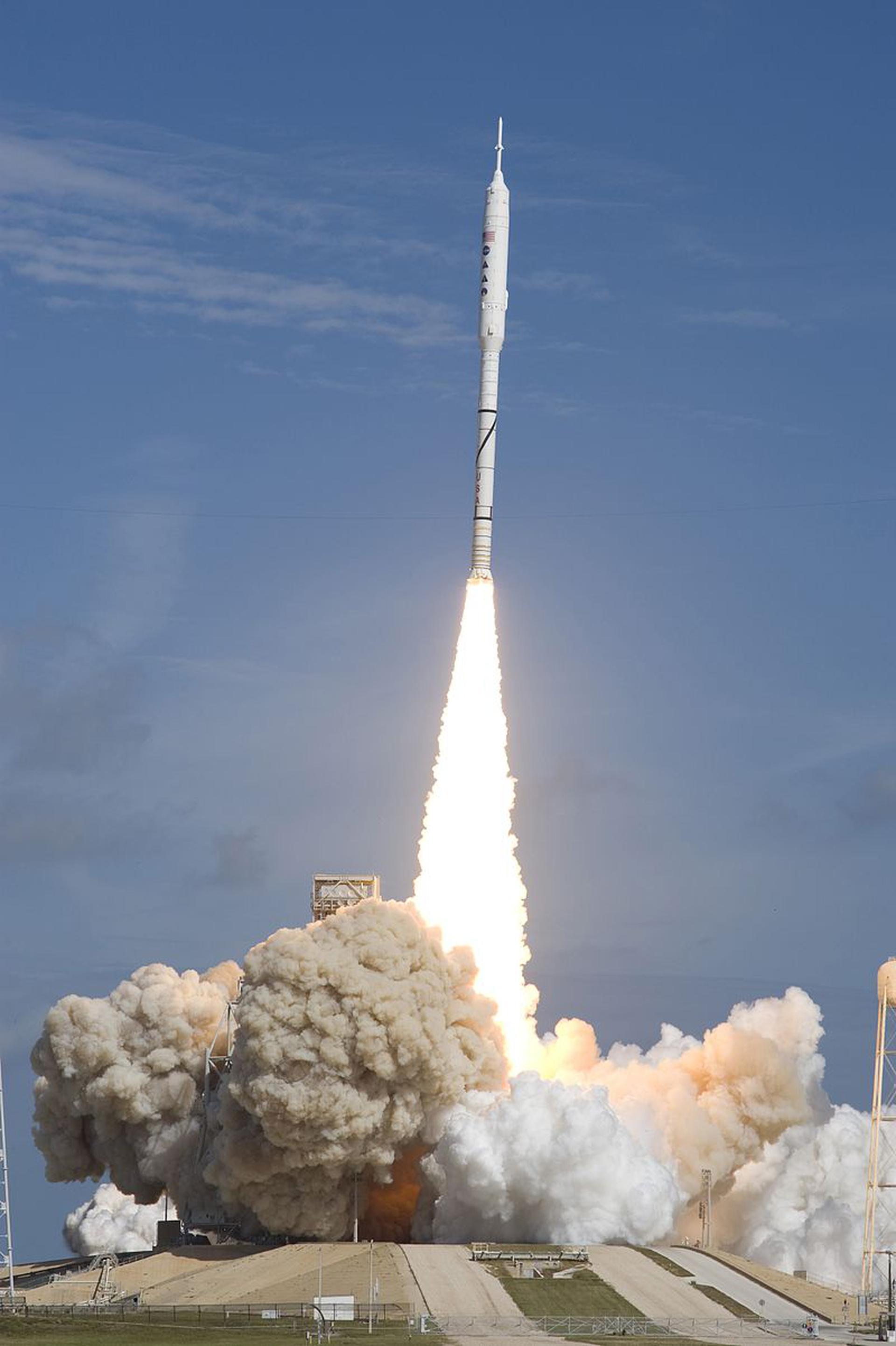
Ares I-X
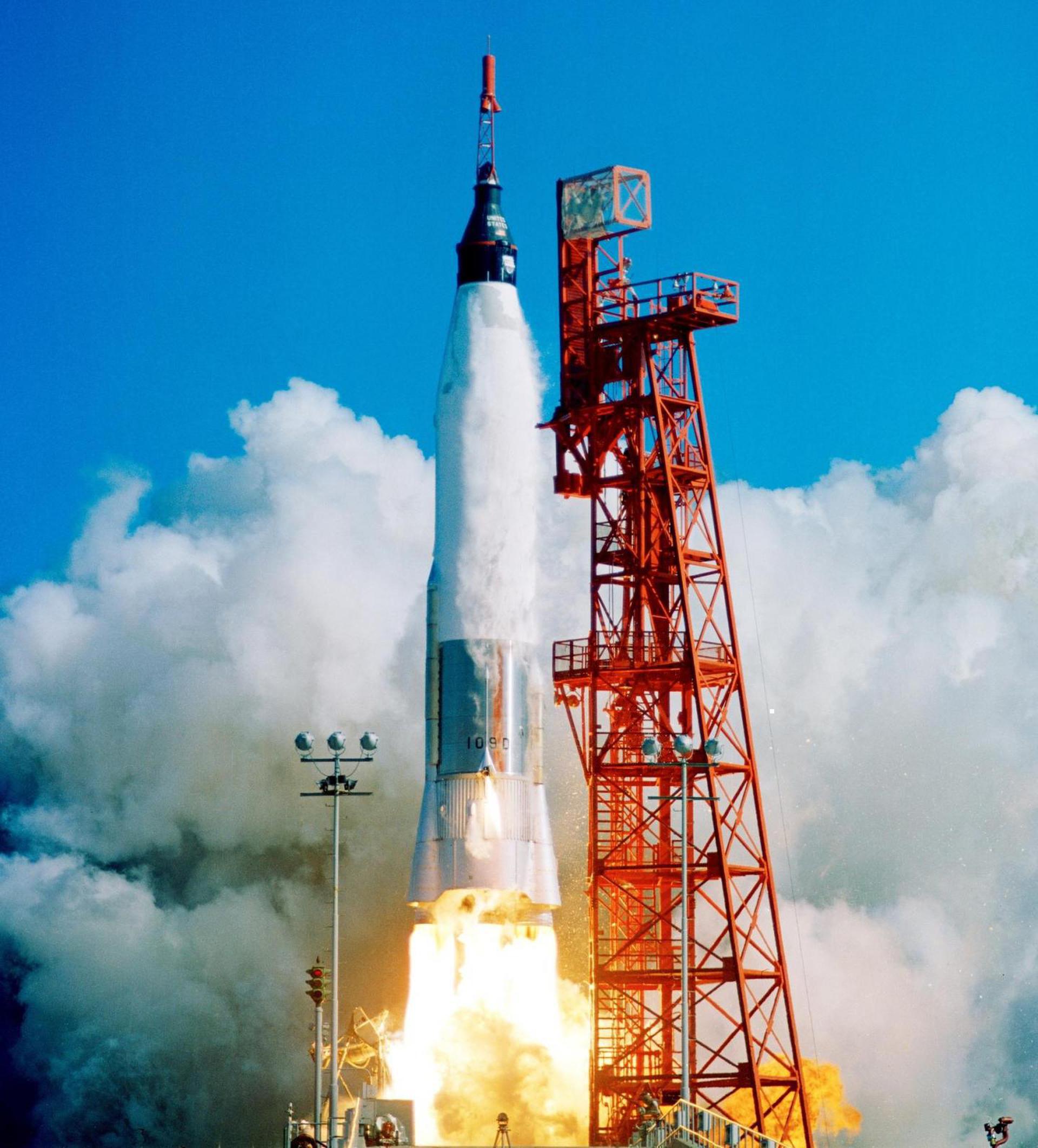
Atlas LV-3B
Nike Cajun
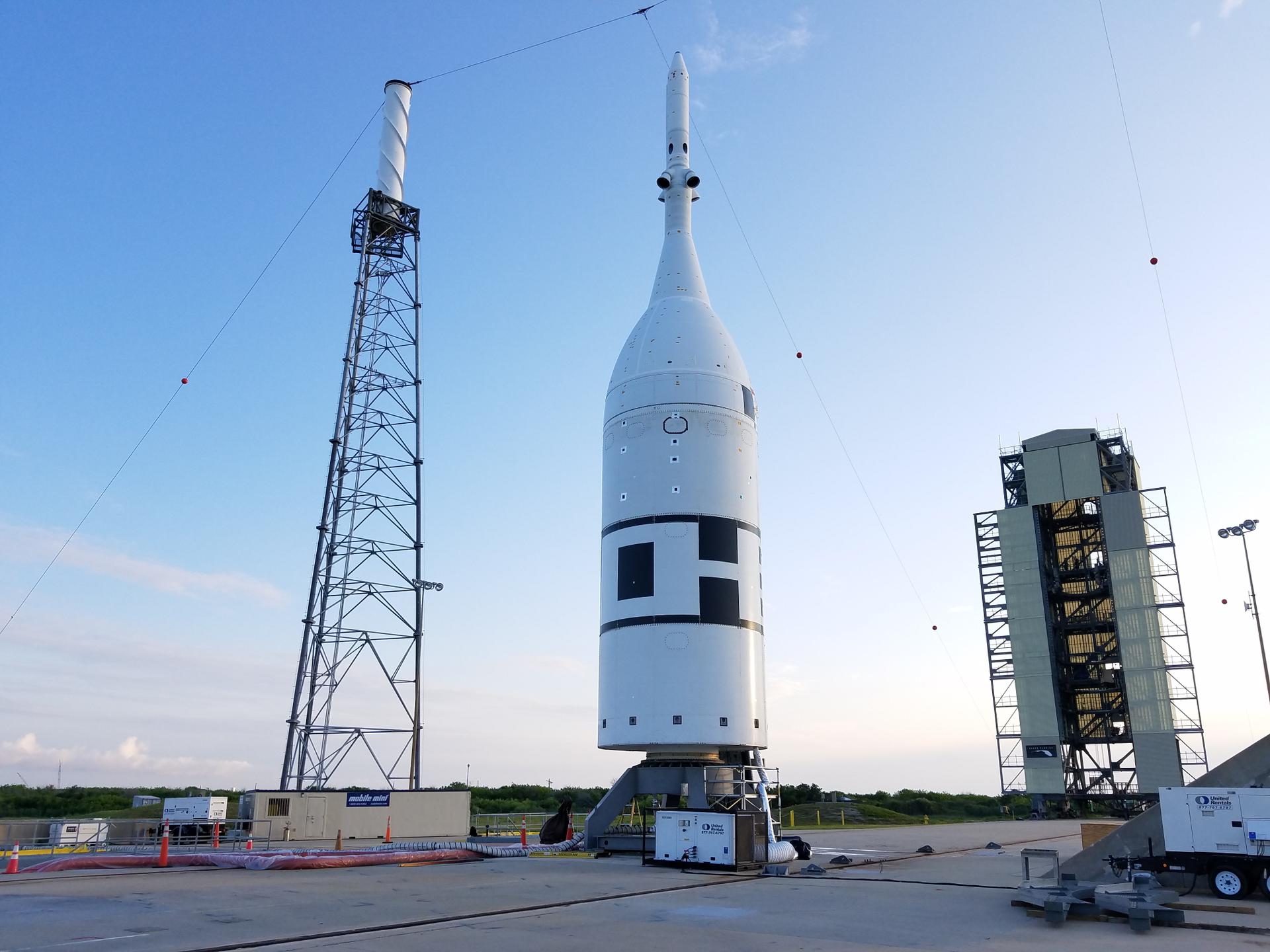
Orion Abort Test Booster
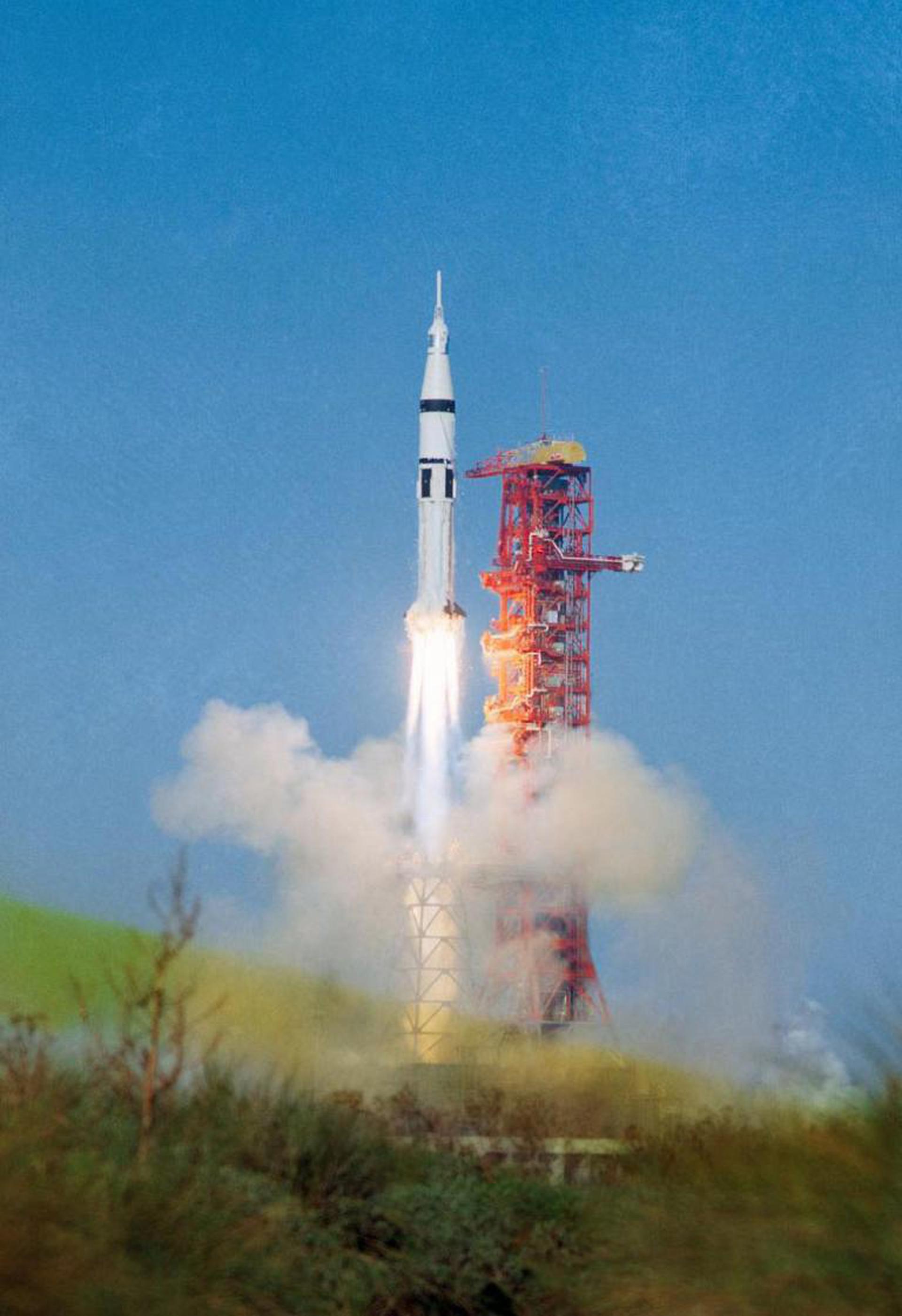
Saturn IB
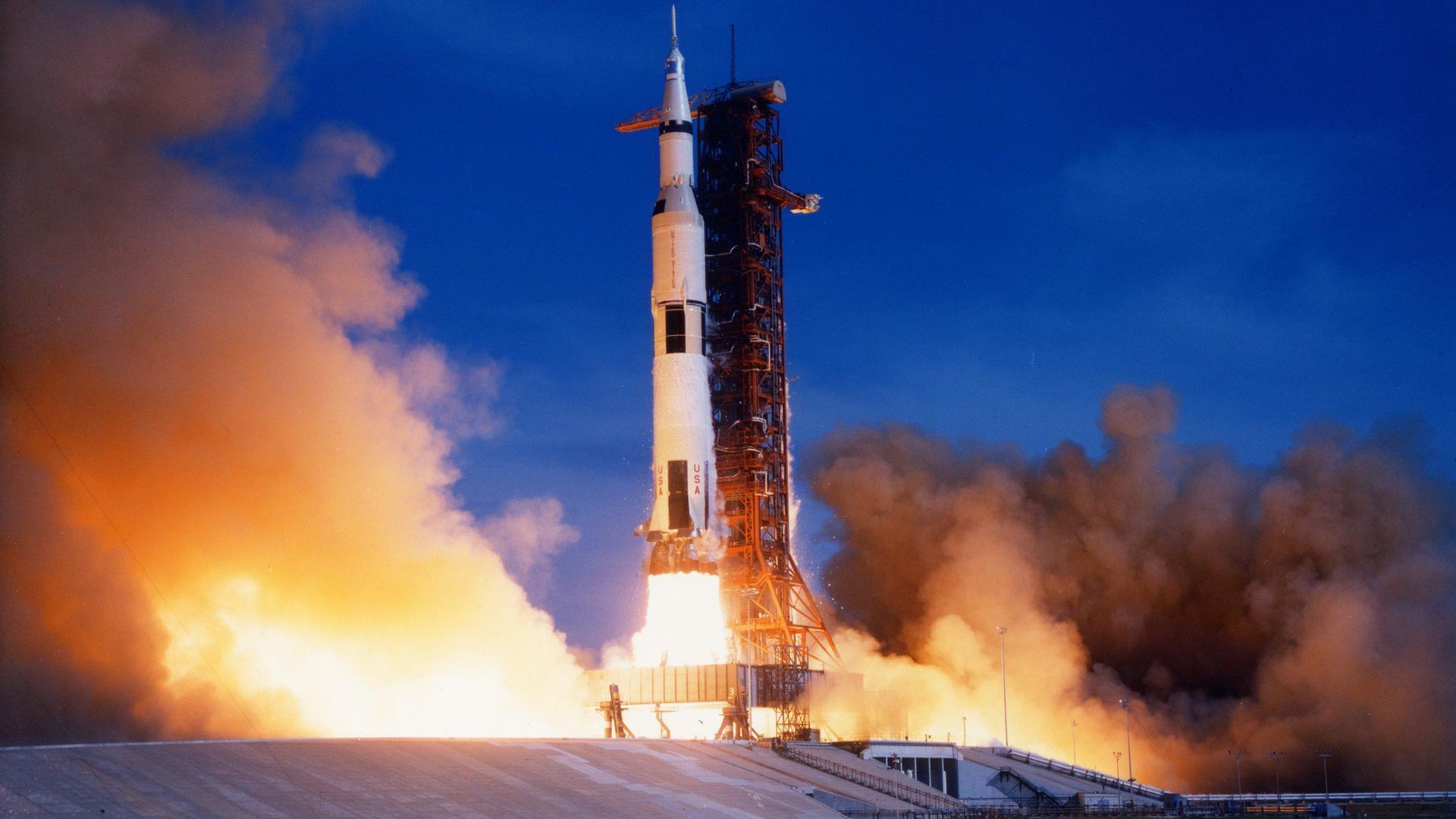
Saturn V
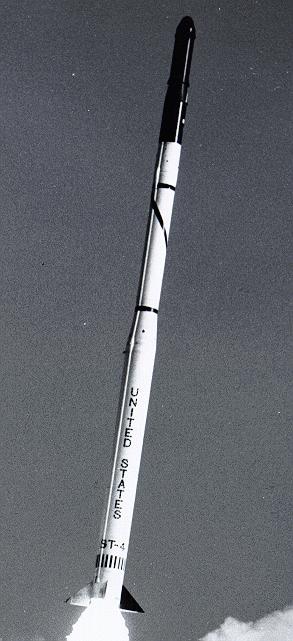
Scout X-1

Space Shuttle
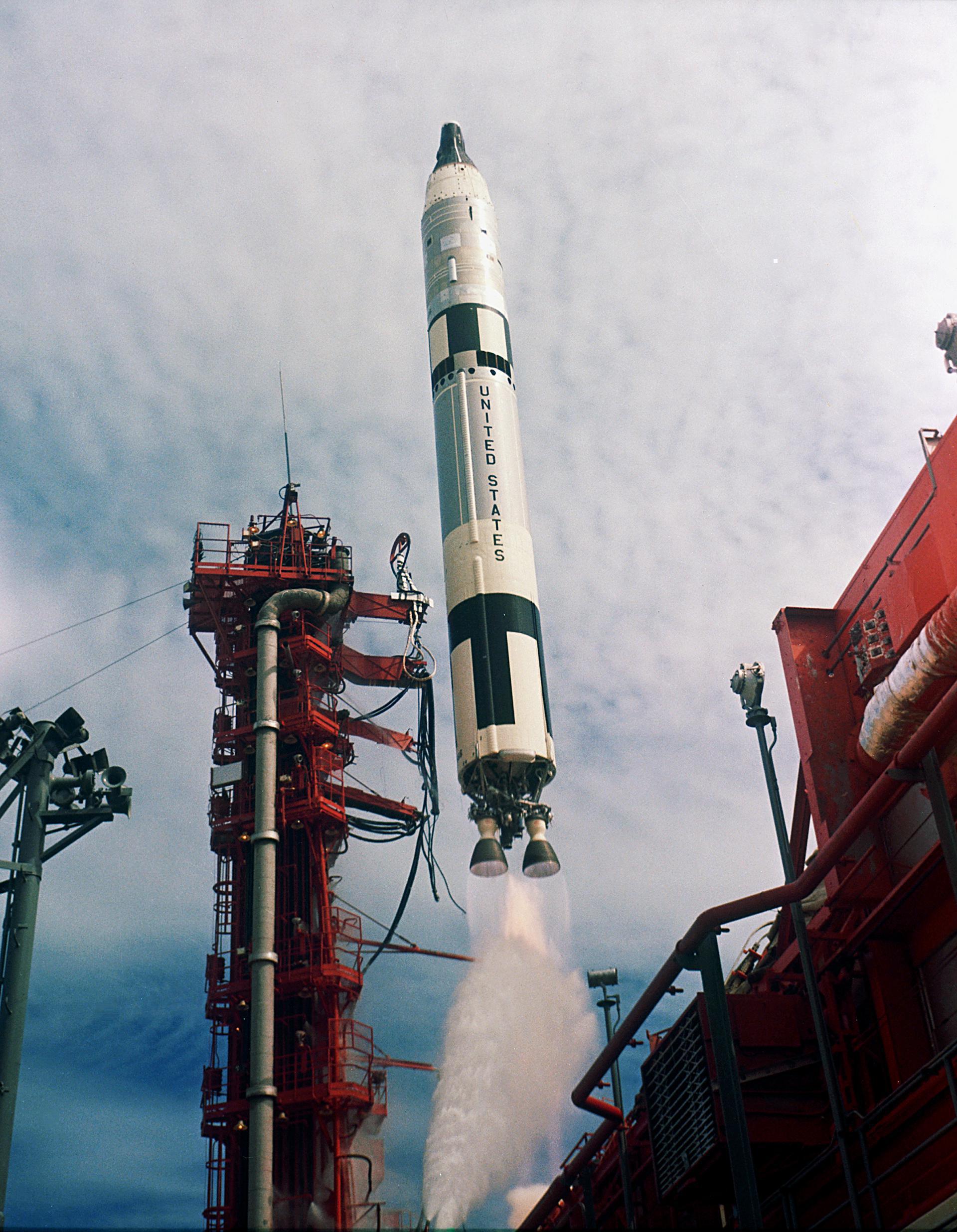
Titan II GLV
Trailblazer 1
Trailblazer 2
Launch Sites used by NASA
Cape Canaveral Space Force Station

Historic U.S. military rocket launch site, pivotal in space exploration and national security.
Kennedy Space Center

NASA's primary launch site for human spaceflight, housing iconic facilities and a rich space history.
Vandenberg SFB

U.S. Space Force facility in California for spacecraft launches and missile testing.
Wallops Island

NASA rocket launch site for science and exploration missions, established in 1945 in Virginia.

